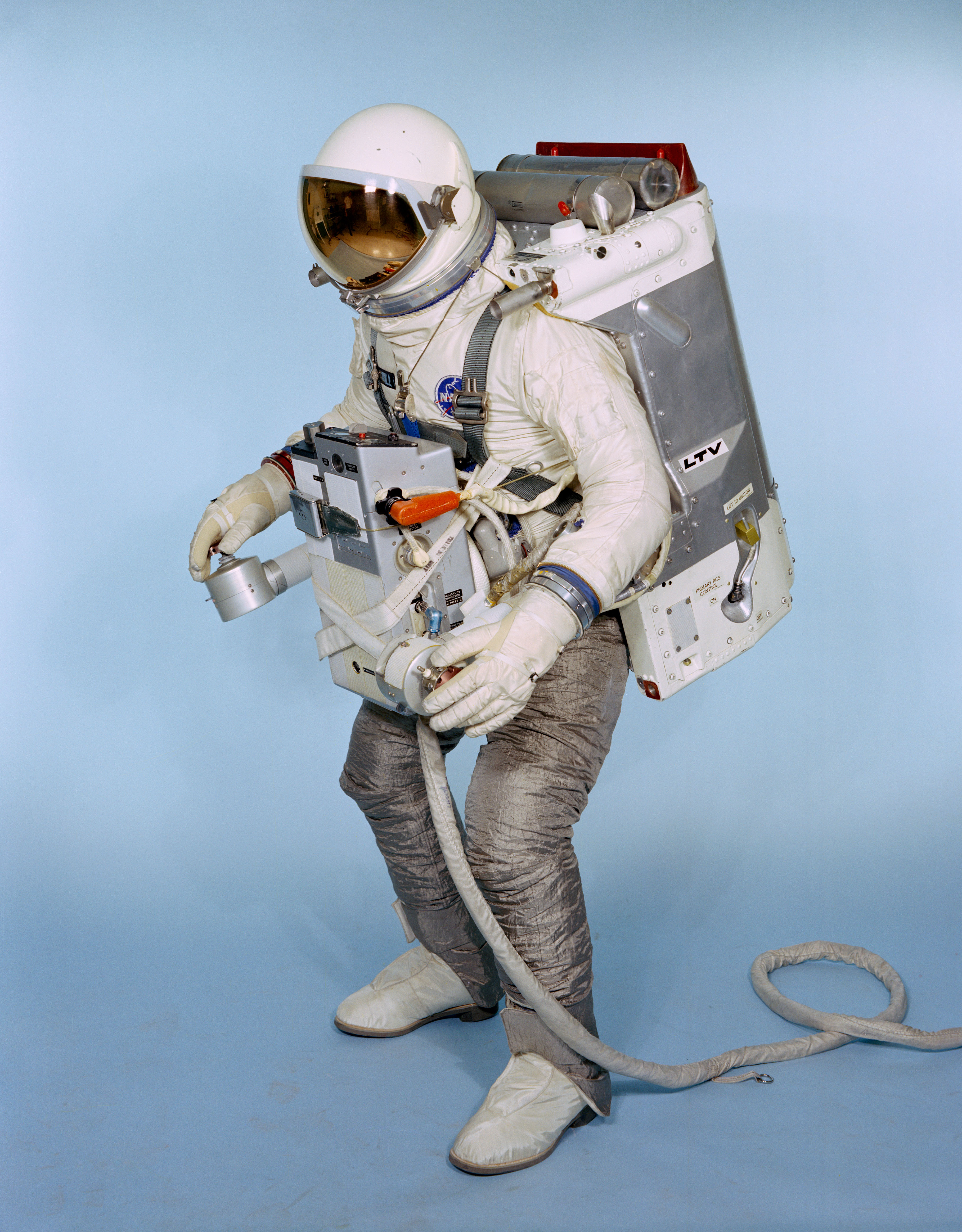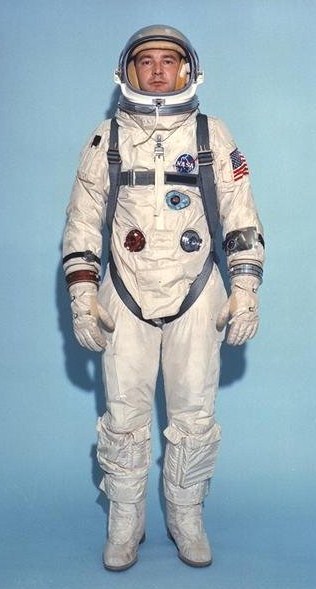|
Chromel
Chromel is an alloy made of approximately 90% nickel and 10% chromium by weight that is used to make the positive conductors of ANSI Type E (chromel-constantan) and K (chromel-alumel) thermocouples. It can be used at temperatures up to in oxidizing atmospheres. Chromel is a registered trademark of Concept Alloys, Inc. Chromel A Chromel A is an alloy containing approximately 80% nickel and 20% chromium (by weight), with low-level quantities of Si (1%), Fe (0.5%), and Ni. It is used for its excellent resistance to high-temperature corrosion and oxidation. It is also commonly called Nichrome 80-20, and is used for electric heating elements. Chromel C Chromel C is an alloy containing 60% nickel, 16% chromium and 24% iron. It is also commonly called Nichrome 60 and is used for heating elements, resistance windings, and hot wire cutters. Chromel-R Chromel R has a composition of Cr 20%, Ni 80%. Chromel-R was also produced as a woven fabric of chromel wires. It was developed by Li ... [...More Info...] [...Related Items...] OR: [Wikipedia] [Google] [Baidu] |
Thermocouple
A thermocouple, also known as a "thermoelectrical thermometer", is an electrical device consisting of two dissimilar electrical conductors forming an electrical junction. A thermocouple produces a temperature-dependent voltage as a result of the Seebeck effect, and this voltage can be interpreted to measure temperature. Thermocouples are widely used as temperature sensors. Commercial thermocouples are inexpensive, interchangeable, are supplied with standard connectors, and can measure a wide range of temperatures. In contrast to most other methods of temperature measurement, thermocouples are self powered and require no external form of excitation. The main limitation with thermocouples is accuracy; system errors of less than one degree Celsius (°C) can be difficult to achieve. Thermocouples are widely used in science and industry. Applications include temperature measurement for kilns, gas turbine exhaust, diesel engines, and other industrial processes. Thermocouples are also ... [...More Info...] [...Related Items...] OR: [Wikipedia] [Google] [Baidu] |
Constantan
Constantan is a proprietary name A brand is a name, term, design, symbol or any other feature that distinguishes one seller's good or service from those of other sellers. Brands are used in business, marketing, and advertising for recognition and, importantly, to create a ... for a copper–nickel alloy also known as Eureka, Advance, and Ferry. It usually consists of 55% copper and 45% nickel. Its main feature is the low thermal variation of its resistivity, which is constant over a wide range of temperatures. Other Alloy, alloys with similarly low temperature coefficients are known, such as manganin (Cu [86%] / Mn [12%] / Ni [2%] ). History In 1887, Edward Weston (chemist), Edward Weston discovered that metals can have a negative temperature coefficient of resistance, inventing what he called his "Alloy No. 2." It was produced in Germany where it was renamed "Konstantan". Constantan alloy Of all modern strain gauge alloys, constantan is the oldest, and st ... [...More Info...] [...Related Items...] OR: [Wikipedia] [Google] [Baidu] |
Alumel
Alumel is an alloy consisting of approximately 95% nickel, 2% aluminium, 2% manganese, and 1% silicon. This magnetic alloy is used to make the negative conductors of ANSI Type K (chromel-alumel) thermocouple A thermocouple, also known as a "thermoelectrical thermometer", is an electrical device consisting of two dissimilar electrical conductors forming an electrical junction. A thermocouple produces a temperature-dependent voltage as a result of the ...s and thermocouple extension wire. Alumel is a registered trademark of Concept Alloys, Inc. retrieved 12 April 2016 References External links [...More Info...] [...Related Items...] OR: [Wikipedia] [Google] [Baidu] |
Alloy
An alloy is a mixture of chemical elements of which at least one is a metal. Unlike chemical compounds with metallic bases, an alloy will retain all the properties of a metal in the resulting material, such as electrical conductivity, ductility, opacity (optics), opacity, and lustre (mineralogy), luster, but may have properties that differ from those of the pure metals, such as increased strength or hardness. In some cases, an alloy may reduce the overall cost of the material while preserving important properties. In other cases, the mixture imparts synergistic properties to the constituent metal elements such as corrosion resistance or mechanical strength. Alloys are defined by a metallic bonding character. The alloy constituents are usually measured by mass percentage for practical applications, and in Atomic ratio, atomic fraction for basic science studies. Alloys are usually classified as substitutional or interstitial alloys, depending on the atomic arrangement that forms the ... [...More Info...] [...Related Items...] OR: [Wikipedia] [Google] [Baidu] |
Gemini 9A
Gemini 9A (officially Gemini IX-A) With Gemini IV, NASA changed to Roman numerals for Gemini mission designations. was a 1966 crewed spaceflight in NASA's Gemini program. It was the seventh crewed Gemini flight, the 13th crewed American flight and the 23rd spaceflight of all time (includes X-15 flights over ). The original crew for Gemini 9, command pilot Elliot See and pilot Charles Bassett, were killed in a crash on February 28, 1966, while flying a T-38 jet trainer to the McDonnell Aircraft plant in St. Louis, Missouri to inspect their spacecraft. Their deaths promoted the backup crew, Thomas P. Stafford and Eugene Cernan, to the prime crew. The mission was renamed Gemini 9A after the original May 17 launch was scrubbed when the mission's Agena Target Vehicle was destroyed after a launch failure. The mission was flown June 3–6, 1966, after launch of the backup Augmented Target Docking Adaptor (ATDA). Stafford and Cernan rendezvoused with the ATDA, but were unable to doc ... [...More Info...] [...Related Items...] OR: [Wikipedia] [Google] [Baidu] |
NASA
The National Aeronautics and Space Administration (NASA ) is an independent agency of the US federal government responsible for the civil space program, aeronautics research, and space research. NASA was established in 1958, succeeding the National Advisory Committee for Aeronautics (NACA), to give the U.S. space development effort a distinctly civilian orientation, emphasizing peaceful applications in space science. NASA has since led most American space exploration, including Project Mercury, Project Gemini, the 1968-1972 Apollo Moon landing missions, the Skylab space station, and the Space Shuttle. NASA supports the International Space Station and oversees the development of the Orion spacecraft and the Space Launch System for the crewed lunar Artemis program, Commercial Crew spacecraft, and the planned Lunar Gateway space station. The agency is also responsible for the Launch Services Program, which provides oversight of launch operations and countdown management f ... [...More Info...] [...Related Items...] OR: [Wikipedia] [Google] [Baidu] |
Gemini Program
Project Gemini () was NASA's second human spaceflight program. Conducted between projects Mercury and Apollo, Gemini started in 1961 and concluded in 1966. The Gemini spacecraft carried a two-astronaut crew. Ten Gemini crews and 16 individual astronauts flew low Earth orbit (LEO) missions during 1965 and 1966. Gemini's objective was the development of space travel techniques to support the Apollo mission to land astronauts on the Moon. In doing so, it allowed the United States to catch up and overcome the lead in human spaceflight capability the Soviet Union had obtained in the early years of the Space Race, by demonstrating: mission endurance up to just under 14 days, longer than the eight days required for a round trip to the Moon; methods of performing extra-vehicular activity (EVA) without tiring; and the orbital maneuvers necessary to achieve rendezvous and docking with another spacecraft. This left Apollo free to pursue its prime mission without spending time developin ... [...More Info...] [...Related Items...] OR: [Wikipedia] [Google] [Baidu] |
Gemini Space Suit
The Gemini space suit is a space suit worn by American astronauts for launch, in-flight activities (including EVAs) and landing. It was designed by NASA based on the X-15 high-altitude pressure suit. All Gemini spacesuits were developed and manufactured by the David Clark Company in Worcester, Massachusetts. G3C and G4C suits The G3C and G4C suits were the primary spacesuits worn for all but the Gemini 7 mission. The G3C consisted of six layers of nylon (the innermost containing a rubberized nylon "bladder") and Nomex, with a link net retaining layer and an outer layer of white Nomex fabric. It had removable combat-style boots, also made of Nomex fabric, along with a full-pressure helmet (containing a set of earphones and microphones) and gloves detachable by improved locking rings that allowed easy rotation of the wrists. On Gemini 3, the G3C suit was worn by both Gus Grissom and John W. Young and was the only flight to use this suit. The G4C suit was identical to the G3C ... [...More Info...] [...Related Items...] OR: [Wikipedia] [Google] [Baidu] |
Gene Cernan
Eugene Andrew Cernan (; March 14, 1934 – January 16, 2017) was an American astronaut, naval aviator, electrical engineer, aeronautical engineer, and fighter pilot. During the Apollo 17 mission, Cernan became the eleventh human being to walk on the Moon. As he re-entered the Apollo Lunar Module after Harrison Schmitt on their third and final lunar excursion, he remains as of 2022, famously: "The last man on the Moon". Before becoming an astronaut, Cernan graduated with a Bachelor of Science degree in electrical engineering from Purdue University and joined the U.S. Navy through the Naval Reserve Officers Training Corps (NROTC). After flight training, he received his naval aviator wings and served as a fighter pilot. In 1963, he received a Master of Science degree in aeronautical engineering from the U.S. Naval Postgraduate School. Achieving the rank of captain, he retired from the Navy in 1976. Cernan traveled into space three times and to the Moon twice: as pilot of ... [...More Info...] [...Related Items...] OR: [Wikipedia] [Google] [Baidu] |
Astronaut Maneuvering Unit
An astronaut propulsion unit (or astronaut maneuvering unit) is used to move an astronaut relative to the spaceship during a spacewalk. The first astronaut propulsion unit was the Hand-Held Maneuvering Unit (HHMU) used on Gemini 4. Models Hand-Held Maneuvering Unit The Hand-Held Maneuvering Unit was the EVA "zip" gun used by Ed White on the Gemini 4 mission in 1965. The hand-held gun held several pounds of nitrogen, and allowed limited movement around the Gemini spacecraft. It was also used by astronaut Michael Collins on the Gemini 10 mission in 1966. USAF Astronaut Maneuvering Unit The United States Air Force (USAF) Astronaut Maneuvering Unit (AMU) was designed by the U.S. Air Force, which was planning to use the Gemini spacecraft as part of the Manned Orbiting Laboratory (MOL). The AMU was a backpack using hydrogen peroxide as the fuel. The total delta-v capability of the AMU was about 250 feet per second (76.2 meters per second), roughly three times that of the MMU. ... [...More Info...] [...Related Items...] OR: [Wikipedia] [Google] [Baidu] |
High Test Peroxide
High-test peroxide (HTP) is a highly concentrated (85 to 98%) solution of hydrogen peroxide, with the remainder consisting predominantly of water. In contact with a catalyst, it decomposes into a high-temperature mixture of steam and oxygen, with no remaining liquid water. It was used as a propellant of HTP rockets and torpedoes, and has been used for high-performance vernier engines. Properties Hydrogen peroxide works best as a propellant in extremely high concentrations (roughly over 70%). Although any concentration of peroxide will generate some hot gas (oxygen plus some steam), at concentrations above approximately 67%, the heat of decomposing hydrogen peroxide becomes large enough to completely vaporize all the liquid at standard pressure. This represents a safety and utilization turning point, since decomposition of any concentration above this amount is capable of transforming the liquid entirely to heated gas (the higher the concentration, the hotter the resulting gas). Thi ... [...More Info...] [...Related Items...] OR: [Wikipedia] [Google] [Baidu] |






